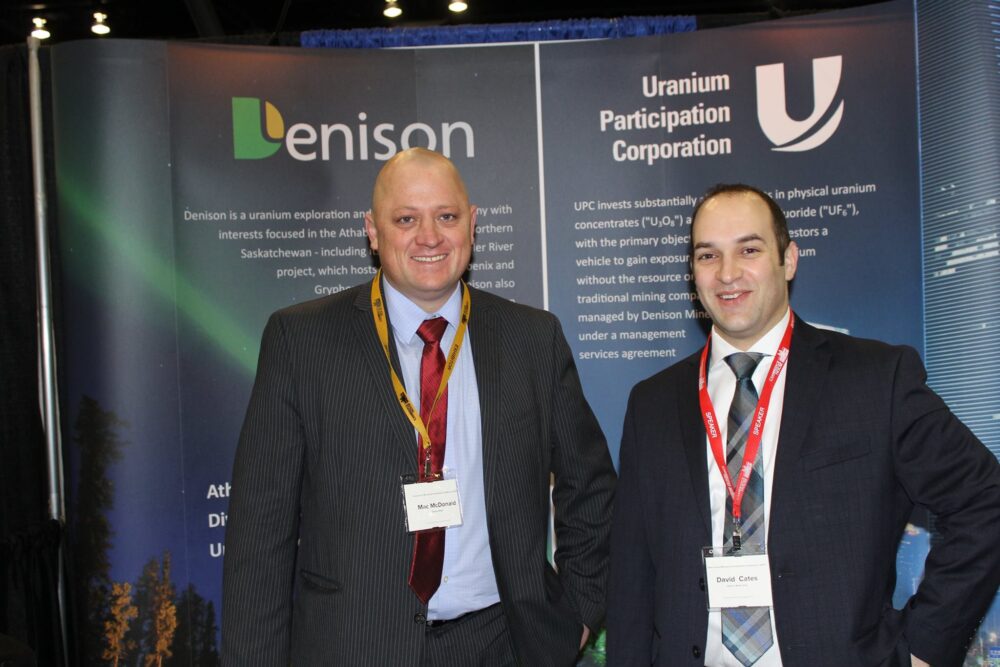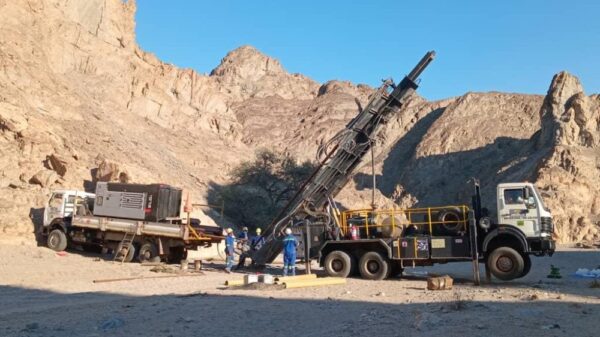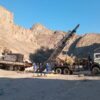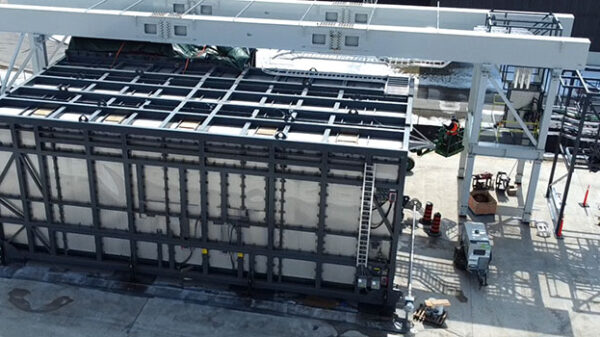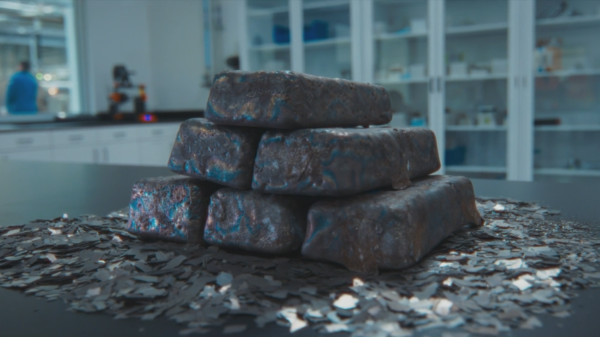The Canadian Nuclear Safety Commission (CNSC) Registratar set the schedule for the CNSC public hearing for Denison Mines Corp.‘s (TSE: DML) (NYSE American: DNN) Wheeler River Uranium Project.
The company announced on Thursday that the hearing would be held in two parts—specifically October 8, 2025 and December 8 to 12, 2025. This is the final step in the process towards federal approval for the project’s environment assessment and license to prepare and build a uranium mine and mill.
Denison expects to begin site preparation and construction for the Phoenix In-Situ Recovery (ISR) project by early 2026. Additionally, this is contingent on if the CNSC approves the project after the hearing.
The announcement of the hearing schedule follows Denison’s successful completion of multiple key regulatory milestones in late 2024. The first of which is completing the technical review phase of the federal EA approval process in November.
Also, the company acquired the CNSC’s acceptance of the company’s final Environmental Impact Statement (EIS) for the project in December. It also received the CNSC’s determination on the sufficiency of Denison’s Licence application in November.
These accomplishments show that CNSC staff support advancing the project and are now preparing an evidence-based summary report for the commission members. Furthermore, the company will use the report to guide the hearing and inform their decision on the EA and licence.
“Importantly, obtaining clarity on the hearing schedule significantly reduces uncertainty regarding the timeline for Federal project approvals and allows our operations team to finalize our construction planning efforts with greater precision,” said David Cates, president and CEO of Denison.
Read more: Trump tariffs complicate its own case for nuclear renaissance
Read more: Cameco JV stalls uranium production over bureaucratic holdup
Denison completed feasibility study for Phoenix in mid-2023
Denison holds an effective 95 per cent interest in its flagship Wheeler River Uranium Project. Further, the project is the largest undeveloped uranium project in the infrastructure-rich eastern portion of the Athabasca Basin.
In mid-2023, the company completed the Phoenix feasibility study for the Phoenix deposit as an ISR mining operation. Furthermore, this came along with an update to the previously prepared 2018 Pre-Feasibility Study (PFS) for Wheeler River’s Gryphon deposit as a conventional underground mining operation.
Based on these studies, both deposits could potentially compete with the lowest cost uranium mining operations in the world. Permitting efforts for the planned Phoenix ISR operation began in 2019, and several key milestones were achieved in 2024. This includes the submission of federal licensing documents. It also includes the acceptance of the final form of the project’s Environmental Impact Statement by the Province of Saskatchewan and the Canadian Nuclear Safety Commission.
Geopolitical factors significantly impact the uranium market, with the ongoing nuclear renaissance driving demand for uranium.
The rise of small modular reactors (SMRs) further amplifies this need, offering compact, flexible, and cost-effective nuclear solutions.
Additionally, the United States’ strategic decision to reduce reliance on Russian uranium has reshaped global supply chains.
As countries increasingly prioritize energy security and carbon reduction, the uranium market faces growing challenges. These include securing sustainable supplies, navigating international trade dynamics, and responding to the evolving geopolitical landscape surrounding nuclear energy.
.
joseph@mugglehead.com

